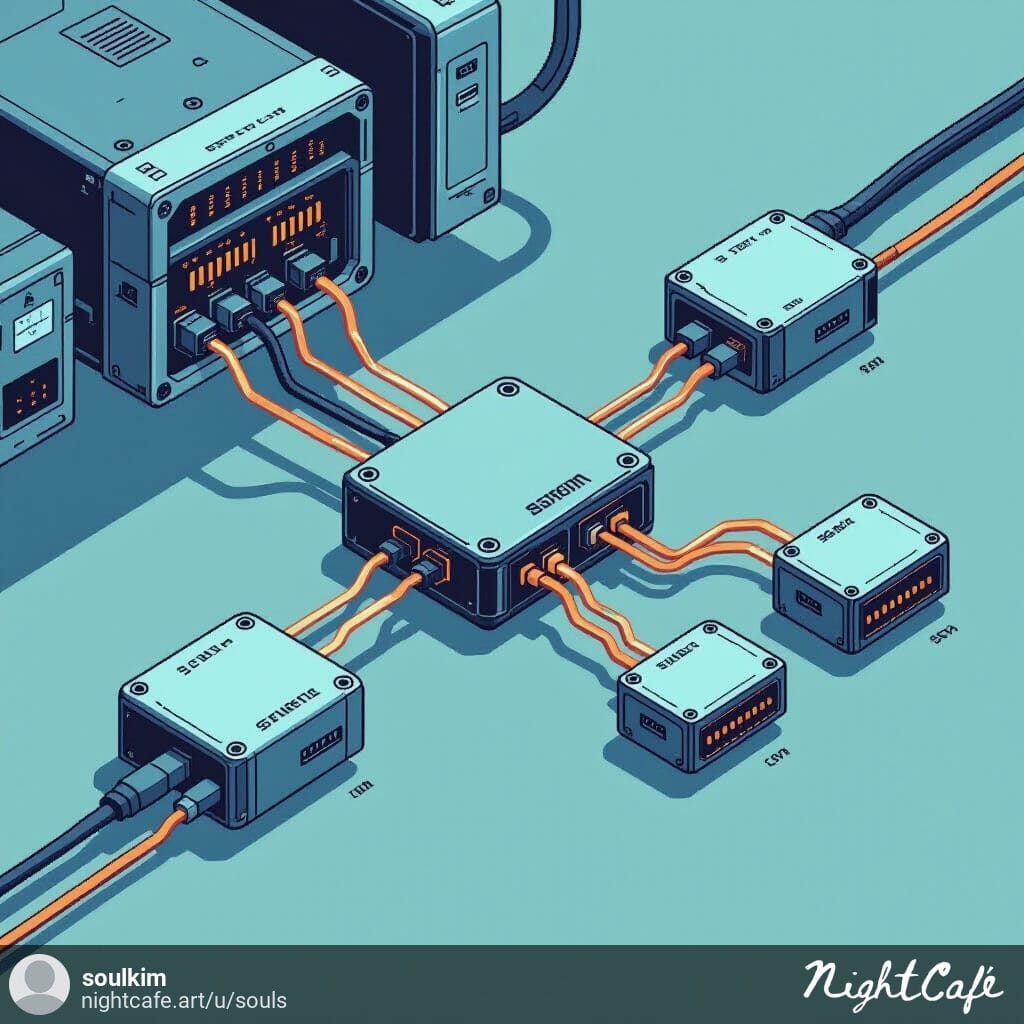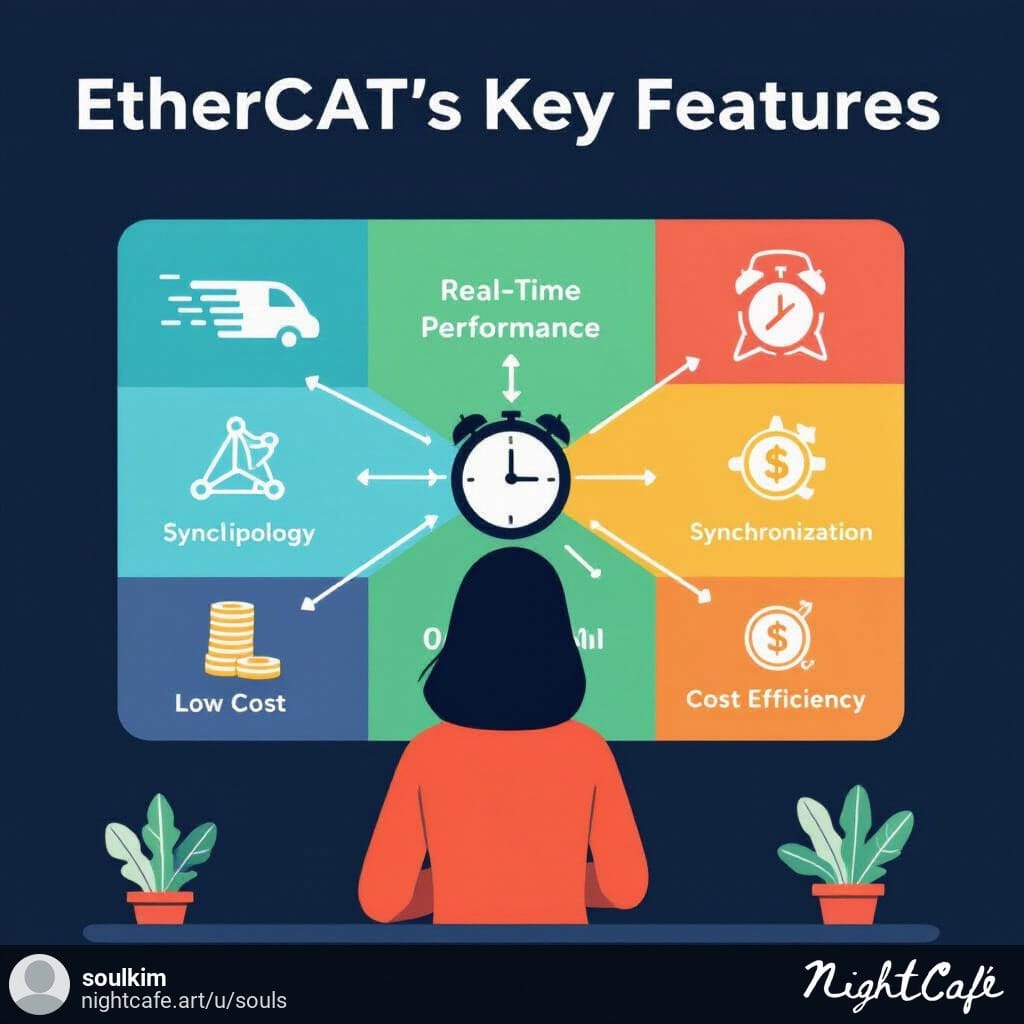EtherCAT is an innovative network protocol that enables fast and reliable real-time communication in industrial automation. In this guide, we will explain the basic concepts, how it works, and its key advantages in a way that’s easy for beginners to understand.

What is EtherCAT?
EtherCAT (Ethernet for Control Automation Technology) is a high-speed Ethernet-based fieldbus protocol widely used in automation equipment that requires real-time data processing. It offers much faster speeds and lower latency compared to standard Ethernet.

How Does EtherCAT Work?
EtherCAT sends data packets around the entire network only once. Each device reads from or writes to its designated part within the packet as it passes by. This approach significantly improves data transmission speed and efficiency.

Key Features of EtherCAT
- Real-Time Performance: Extremely low latency enables ultra-fast control
- Flexible Topology: Supports various network structures such as line, star, and tree

- Synchronization: Ensures precise synchronization for consistent operation
- Low Cost: Uses standard Ethernet hardware to reduce costs
Why Should Beginners Learn EtherCAT?
As industrial automation and smart factory implementation expand, the importance of EtherCAT continues to grow. Understanding EtherCAT allows beginners to effectively handle real-time communication technologies and modern automation systems.
Getting Started with EtherCAT
To build an EtherCAT network, you need an EtherCAT master and slave devices. The master manages the network and controls data flow, while slave devices connect to actual machines or sensors and exchange data.

Basic Setup Steps
- Install and configure EtherCAT master software
- Connect slave devices and assign addresses
- Configure network topology (line, tree, etc.)
- Test communication and debug as needed

Conclusion
EtherCAT is an essential technology for fast and efficient industrial communication. This guide helps you grasp the basic concepts and operation of EtherCAT so you can confidently design automation systems.
For more in-depth technical details or practical exercises, please refer to additional resources and specialized books.

Leave a Reply